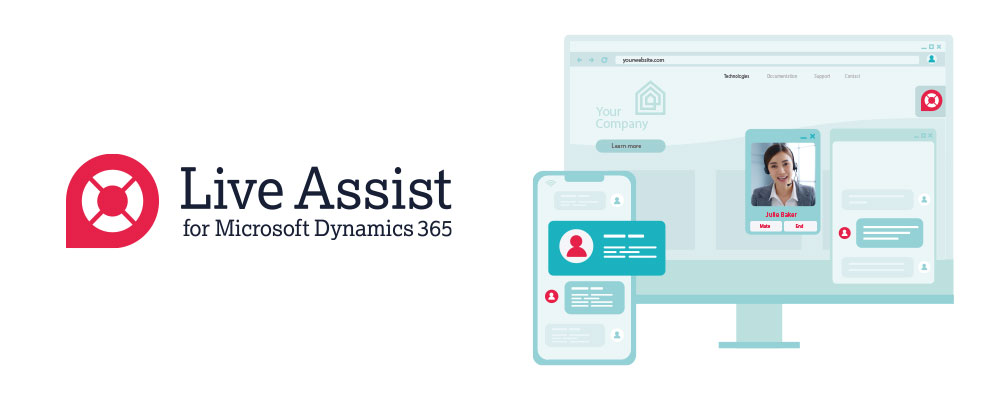
Skills-Based Routing: Implementation & Best Practices
Skills based routing is the process of routing a customer to an agent with the skills required to handle their inquiry. This is done by analyzing the customer’s skills and matching them with an agent which has those skills. There are two types of skills that can be matched: skills required to handle the inquiry and skills which would benefit the customer. For example, a customer who has a security-related question could be routed to an account or security specialist. On the other hand, a customer who has an HR-related question could be routed to a human resources specialist.
Communication Business Avenue, has been helping some of the world’s largest companies to integrate call centre systems and digital communication tools for the past 16 years
Why is Skills Based Routing needed?
The speed of transfer is also a factor in expectations. If a customer can expect service to be rendered in less than 10 minutes, they are more likely to be satisfied with the quick response time. A great customer experience is one that meets or exceeds their expectations and has no negative impact on them. Factors that contribute to this include speed of transfer, solving the inquiry quickly, transferring the call back if necessary and addressing all their questions.

Agents with multiple skills
Your most valuable resource are agents who are not limited to a single topic or skill set, but also have knowledge about other areas so they can help customers when they need it most. A training program focused on increasing agent skills can help to make your agents more efficient and knowledgeable. This will make your agent pool more efficient and give employees a sense of value tied to how they contribute to the company, while also rewarding them when they exceed expectations.
Skill selection
- The *Consumer’s Authenticated Engagement Attributes – the routing engine will evaluate the consumer’s engagement attributes, extracted during the authentication process, and assign the conversation to a relevant skill.
- The default setting – a default skill can be assigned to incoming messaging conversations when no skill is configured by their engagement attributes.
- The agent’s state – if no agents with the conversation’s skill are online, the conversation can be routed to a fallback skill.
*Consumer’s Authenticated Engagement Attributes. As part of the authentication flow, the authentication server can provide information on the consumer’s authenticated engagement attributes (SDEs). Engagement attributes are layers of information about a consumer that is recorded throughout their consumer journey. These attributes can be used for skill selection (and will also be presented to the assigned Agent once they receive the incoming conversation)

LiveAssist for Microsoft Dynamics 365 Routing logic
- Chooses agent best equipped with the right skills to address the consumer’s inquiry
- Optimizes use of the agent’s capacity
- Maintains customer satisfaction and building an ongoing relationship
- Skill selection – identifying the most relevant skill to help with the customers inquiry
- Agent selection – assigning the most suitable agent out of all available agents that have the selected skill to handle the conversation
Live Assist for Microsoft Dynmamics 365 comes with Skills-based support routing built-in so you can intelligently route chat requests to agents with specific skill sets.
